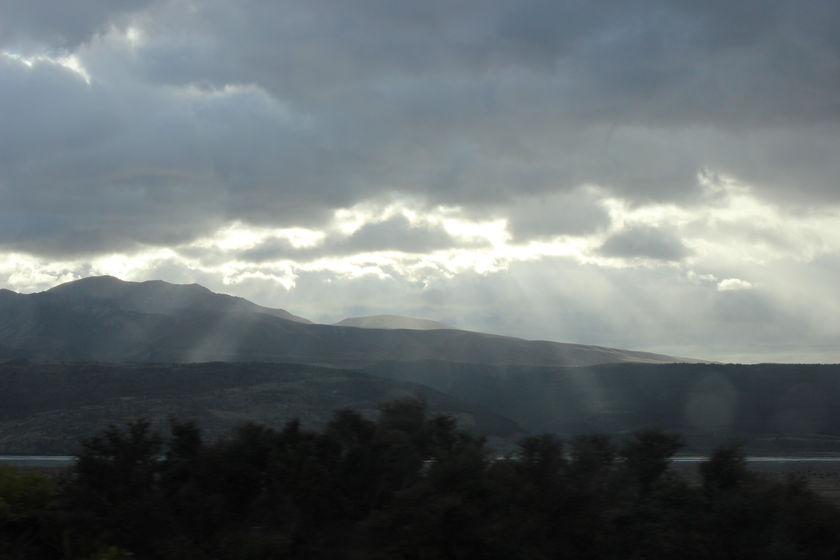Shreya Arora
General CV
Welcome !!!
I am a paleoseismologist at Geological Survey of Japan and exploring Japanese fault lines.

Research Interest
Academic Experience
Learning and Living
Ph.D. Indian Institute of Technology Kanpur, India
Worked to determine past earthquake chronology, slip rates and expected earthquake magnitude size along the fault lines in Pinjore Dun, northwest Himalaya.
Post-Doctoral Scholar, Geological Survey of Japan, AIST Tsukuba
I am using LiDAR and aerial photographs to map the active faults in Yokote Basin, northeast Japan, followed by seismic reflection and trenching survey along with borehole data to determine the slip rates and earthquake chronology
Publications
Arora, S., Malik., J.N., Sahoo, S., 2019. Paleoseismic evidence of a major earthquake event(s) along the hinterland faults: Pinjore Garden Fault (PGF) and Jhajra Fault (JF) in northwest Himalaya, India. Tectonophysics 757 (2019) 108–122. https://doi.org/10.1016/j.tecto.2019.01.001
Arora, S., Malik JN., 2017. Overestimation of the earthquake hazard along the Himalaya: constraints in bracketing of medieval earthquakes from paleoseismic studies Geosci Lett., 4 (2017), p. 19 https://doi.org/10.1186/s40562-017-0083-6
Malik, J.N., Johnson, F.C., Khan, A., Sahoo, S., Irshad, R., Paul, D., Arora, S., Baghel, P.K., Chopra, S. 2019 Tsunami records of the last 8000 years in the Andaman Island, India, from mega and large earthquakes: Insights on recurrence interval. Sci Rep 9, 18463 (2019). https://doi.org/10.1038/s41598-019-54750-6
Arora, S., Kondo, H., Kurosawa, H., Koshika, K., 2020 Estimation of slip rate along the un-ruptured segment of Mw 7.2 1896 Rikuu earthquake, northeast Japan. Tectonics (Under Review)
Malik, J.N., Arora, S., Gadhavi, M.S., Singh, G., Johnson, F.C., M, Thakur (2020) Oblique Convergence, Slip-partitioning and Segmentation - Implication towards Seismic Hazard Estimation: Evidence from Northwest Himalaya, India. Tectonics (Under Review).
Arora, S., J.N., Malik, Singh, G (2020) Estimation of incision rate and relationship with tectonism in Pinjore Dun, Northwest Himalaya: Implications for a Mw 7.8 earthquake. JGR Solid Earth (Under Review).
Malik, J.N., Mohanty, A., Swaroop, S.S., Gadhavi, M.S., Arora, S., Naik, S (2020) Signatures of 16th and 19th centuries paleo-earthquakes along the Himalayan Frontal Thrust (HFT) from the left bank of Beas River, Punjab, NW Himalaya, India: Implications to Seismic Hazard Assessment J. Asian Earth Science (Submitted)







